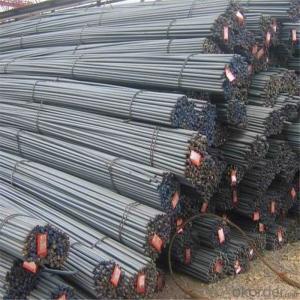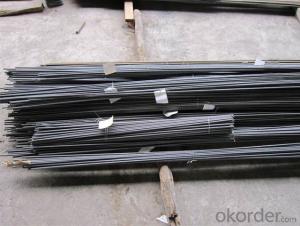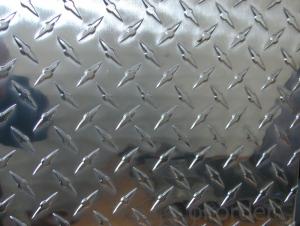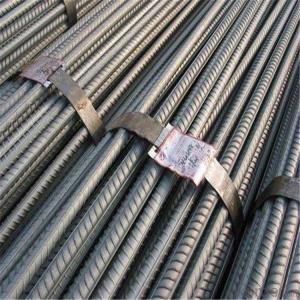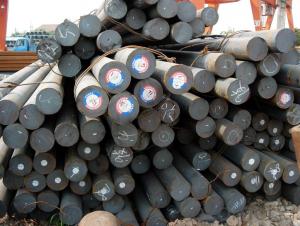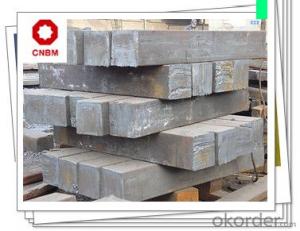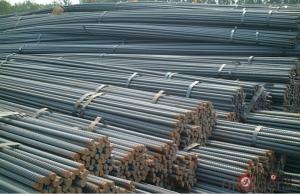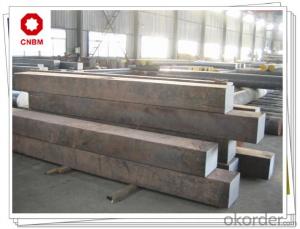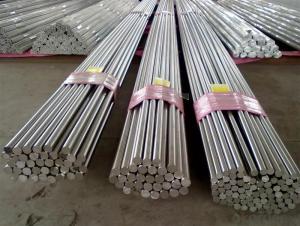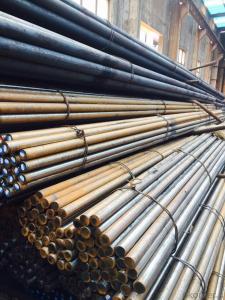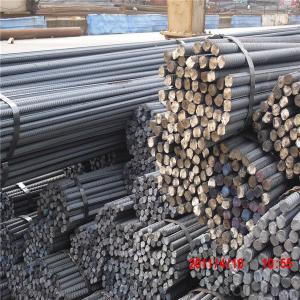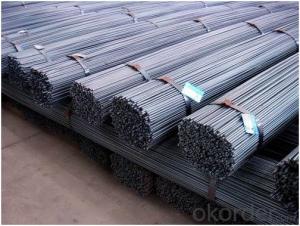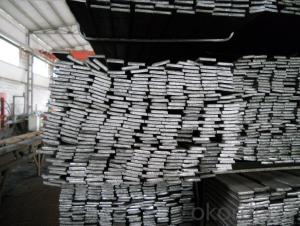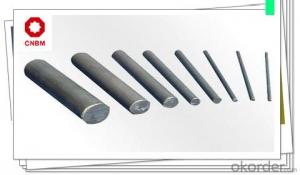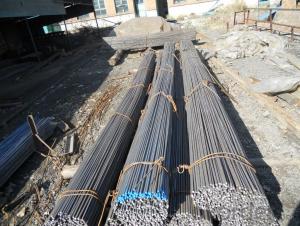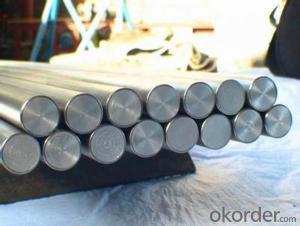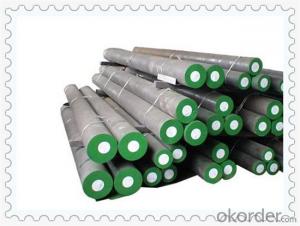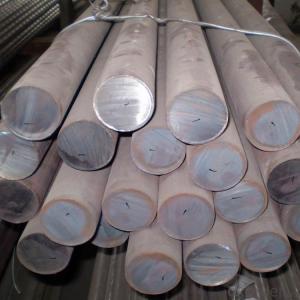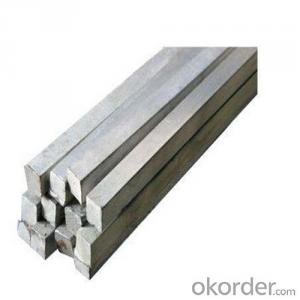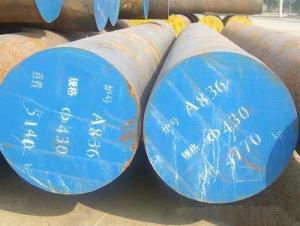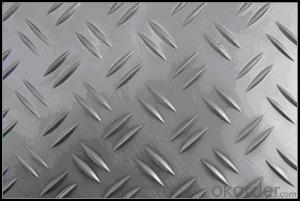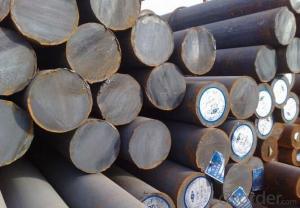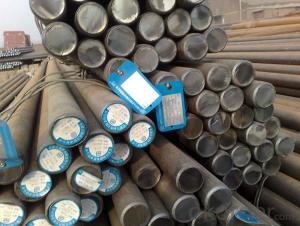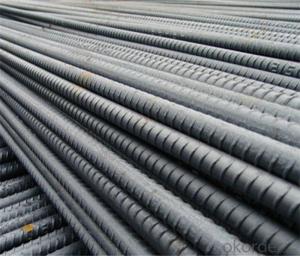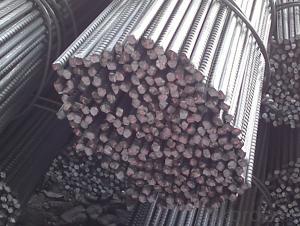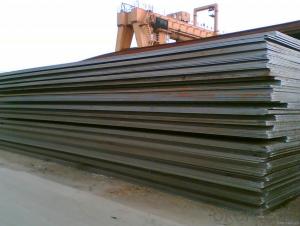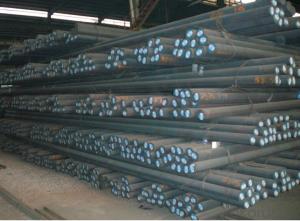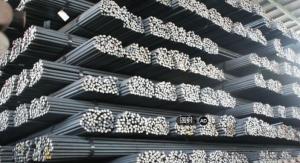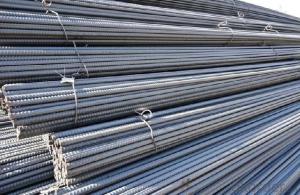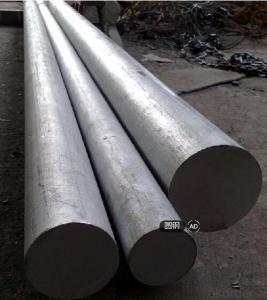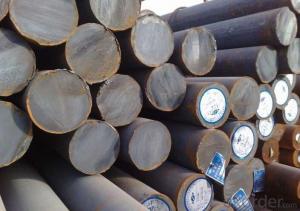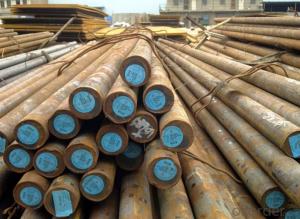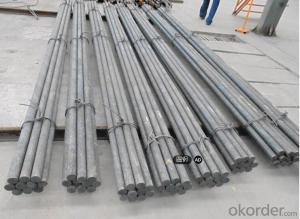Tmt Bars
Tmt Bars Related Searches
Diamond Steel Roofing 1/4 Inch Diamond Plate Aluminum 1 4 Inch Aluminum Diamond Plate 1/8 Black Aluminum Diamond Plate 1 8 Inch Diamond Plate Aluminum 1/8 Inch Diamond Plate Aluminum 5 Bar Aluminum Diamond Plate 1/8 Aluminum Diamond Plate 4'X8' 1 2 Aluminum Diamond Plate 4x8 1 4 Aluminum Diamond PlateHot Searches
Wholesale Aluminum Diamond Plate Aluminum Diamond Plate Prices Aluminum Diamond Plate Suppliers Diamond Plate Aluminum Near Me Aluminum Diamond Plate Near Me Aluminum Diamond Plate Nearby Diamond Plate Aluminum Lowe'sTmt Bars Supplier & Manufacturer from China
Okorder.com is a professional Tmt Bars supplier & manufacturer, offers integrated one-stop services including real-time quoting and online cargo tracking. We are funded by CNBM Group, a Fortune 500 enterprise and the largest Tmt Bars firm in China.Hot Products
FAQ
- Nitriding steel improves hardness and wear resistance by introducing nitrogen into the surface of the steel, forming a hard nitride layer. This layer increases the surface hardness of the steel, making it more resistant to wear, friction, and scratching. Additionally, the nitride layer also provides improved resistance against corrosion and high-temperature oxidation.
- Surface honing for special steel can be achieved through various methods, each with its own benefits and uses. Among the commonly employed techniques are: 1. Manual Honing: This approach entails the utilization of handheld honing tools, such as stones, sticks, or abrasive pads, to manually remove material from the steel's surface. Manual honing permits meticulous control and is often suitable for smaller or intricate components. 2. Machine Honing: Machine honing involves the use of specialized honing machines that automate the honing process. These machines typically feature rotating honing stones or abrasive belts, which eliminate material from the steel's surface. Machine honing is favored for larger or complex parts, as it ensures consistent and high-quality outcomes. 3. Diamond Honing: Diamond honing relies on diamond abrasives to eradicate material from the special steel's surface. Given that diamond is one of the hardest substances known, it is exceptionally effective for honing steel. This method is commonly employed in high-precision applications or instances where an exceedingly smooth surface finish is required. 4. Superfinishing: Superfinishing is a specialized honing process that achieves extremely fine surface finishes on special steel. It combines honing stones and abrasive pastes to remove minuscule amounts of material from the surface. Superfinishing is typically utilized in critical applications where surface roughness and dimensional accuracy are of utmost importance. 5. Lapping: Lapping is a honing method that employs a combination of abrasive particles and a rotating or vibrating tool to eliminate material from the steel's surface. It is particularly suitable for parts necessitating a very flat or parallel surface, such as bearings or sealing surfaces. 6. Electrochemical Honing: Electrochemical honing is a specialized process that employs an electric current to remove material from the special steel's surface. It is often employed for intricate or hard-to-reach surfaces, as it effectively eliminates material from areas inaccessible to other honing methods. To sum up, the various methods of surface honing for special steel encompass manual honing, machine honing, diamond honing, superfinishing, lapping, and electrochemical honing. Each method offers distinct advantages and applications, enabling precise control and the attainment of desired surface finishes and dimensional accuracy for special steel components.
- Special steel plays a crucial role in the mining equipment industry by providing enhanced durability, strength, and resistance to wear and corrosion. The mining sector relies heavily on robust and reliable equipment, as it operates in challenging and harsh environments. Special steel, which is specifically designed to withstand extreme conditions, helps to improve the overall performance and longevity of mining equipment. One of the main advantages of special steel in the mining industry is its exceptional strength. Mining equipment is subjected to intense forces, such as crushing, impact, and abrasion, which can quickly degrade conventional materials. Special steel, on the other hand, offers superior strength properties, allowing mining equipment to withstand heavy loads and resist deformation or breakage. Furthermore, special steel provides excellent resistance to wear and corrosion, which are common challenges in mining operations. The abrasive nature of rocks and minerals can quickly wear down regular steel, reducing the lifespan of equipment and increasing maintenance costs. Special steel, with its higher hardness and wear resistance, helps to minimize the impact of abrasive materials, prolonging the life of mining equipment and reducing downtime. Corrosion is another prevalent issue in the mining industry, as equipment is often exposed to moisture, chemicals, and harsh environments. Special steel is specifically formulated to resist corrosion, ensuring that mining equipment remains structurally sound and functional even in corrosive conditions. This resistance to corrosion improves the overall safety and reliability of mining operations. Moreover, special steel offers flexibility in terms of design and customization, allowing manufacturers to develop mining equipment tailored to specific needs. By utilizing different grades of special steel, manufacturers can optimize the properties of mining equipment, enabling it to meet the unique requirements of different mining applications. In conclusion, special steel significantly contributes to the mining equipment industry by providing enhanced strength, durability, wear resistance, and corrosion resistance. The utilization of special steel in mining equipment helps to improve performance, extend equipment lifespan, reduce maintenance costs, and enhance safety in mining operations.
- Special steel is used in the production of precision tools due to its unique properties such as high strength, durability, and resistance to corrosion. This steel is carefully engineered and manufactured to meet specific requirements, enabling the production of precise and reliable tools. The use of special steel in precision tool manufacturing ensures that these tools can withstand heavy usage, maintain their sharpness, and provide accurate results, making them crucial for various industries such as automotive, aerospace, and engineering.
- Some of the different mechanical defects in special steel include cracks, voids, inclusions, segregation, and deformation.
- Special steel used in battery technology must meet several requirements to ensure optimal performance and safety. Firstly, high corrosion resistance is crucial as batteries often contain corrosive electrolytes that can degrade the steel over time. Special steel should possess excellent resistance to corrosion, preventing any chemical reactions that could compromise the battery's integrity and lifespan. Secondly, good mechanical strength is essential to withstand the internal pressures and external forces that batteries are subjected to during operation and handling. It must be able to resist deformation and maintain its structural integrity, even under high stress conditions. Thirdly, high thermal conductivity is desirable in special steel used in battery technology. Efficient heat dissipation is crucial for preventing overheating, which can reduce battery performance and potentially lead to safety hazards. Steel with good thermal conductivity allows for effective heat transfer, ensuring that the battery can operate within safe temperature limits. Additionally, the steel should have low electrical resistivity to minimize energy losses due to electrical resistance. This ensures efficient energy transfer within the battery and reduces power dissipation, increasing overall battery efficiency. Furthermore, special steel used in battery technology should be compatible with the other materials used in the battery, such as electrodes, electrolytes, and separators. Compatibility is crucial to prevent any chemical reactions or detrimental interactions that could compromise the battery's performance or lifespan. Finally, environmental sustainability is increasingly important in modern battery technology. Special steel used in batteries should be produced using environmentally friendly methods, with minimized carbon footprint and reduced use of scarce resources. Overall, special steel for battery technology should possess high corrosion resistance, mechanical strength, thermal conductivity, low electrical resistivity, compatibility with other battery materials, and environmental sustainability to ensure optimal performance and safety in batteries.
- Special steel products require careful attention to safety. Firstly, wearing appropriate personal protective equipment (PPE) is crucial. Gloves, safety glasses, and steel-toed boots should be worn to safeguard against potential injuries from sharp edges, heavy weight, or flying debris. Secondly, it is important to take note of the weight and size of the special steel products. Mechanical lifting equipment or assistance from others may be necessary to prevent strain or injury when dealing with large or heavy items. Furthermore, a thorough inspection of the special steel products should be conducted prior to handling. This involves checking for cracks, fractures, or any other structural issues that could compromise their integrity. If any defects are discovered, they must be reported to the appropriate personnel and the products should not be used until they are deemed safe. In addition, specific handling techniques or tools may be required for special steel products. Strict adherence to the manufacturer's guidelines and instructions is crucial to ensure safe handling. This may involve utilizing specialized lifting equipment, clamps, or supports to prevent accidents or damage. Lastly, proper training and knowledge are essential for safe handling of special steel products. This includes understanding the weight limits of lifting equipment, knowing how to properly secure and stabilize the products, and being aware of any potential hazards or risks associated with the specific type of steel being handled. By adhering to these safety considerations, the risk of accidents, injuries, or damage can be minimized when dealing with special steel products.
- Special steel is commonly subjected to various heat treatment processes using different types of furnaces. Each furnace serves a specific purpose and is engineered to create the ideal heating and cooling conditions necessary for the steel to attain its desired properties. One of the furnaces employed for special steel is the annealing furnace. This furnace utilizes a technique called annealing, which entails heating the steel to a specific temperature and then gradually cooling it to enhance its softness and ductility. To prevent oxidation during the process, annealing furnaces are often equipped with controlled atmospheres. Another type of furnace utilized for special steel is the quenching furnace. Quenching is a process that involves rapidly cooling the steel to increase its hardness. Quenching furnaces are designed to provide the required cooling rate and may utilize specialized cooling mediums like oil or water to achieve the desired outcome. Tempering furnaces are also commonly employed for special steel. Tempering involves heating the steel to a specific temperature and subsequently cooling it to enhance its toughness and reduce brittleness. These furnaces enable precise temperature control throughout the tempering process. Furthermore, carburizing furnaces are utilized for special steel. Carburizing is the process of introducing carbon into the surface of the steel to enhance its hardness. Carburizing furnaces are equipped with controlled atmospheres and designed to provide the necessary temperatures and carbon-rich environments for the carburizing process. In summary, the various heat treatment furnaces used for special steel serve distinct purposes such as annealing, quenching, tempering, or carburizing. These furnaces are meticulously engineered to provide the requisite heating and cooling conditions for the steel to achieve its desired properties.
